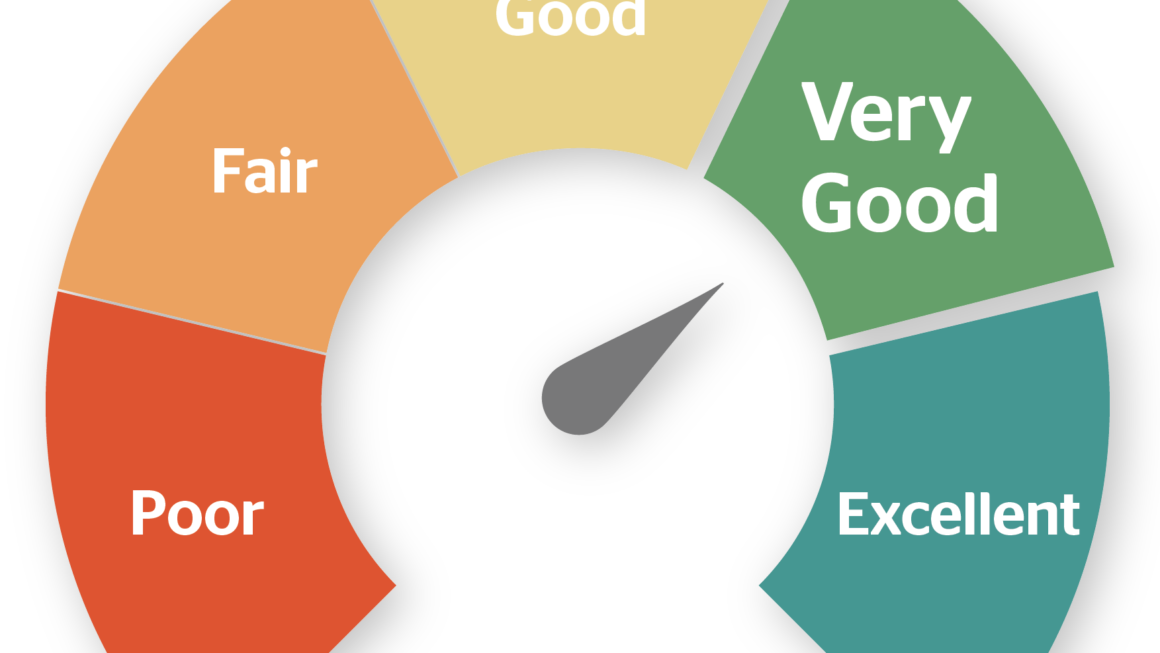Goals are an essential part of our life, whether financial or other life goals. And while we wish to set multiple goals for the same, there are hardly a few who actually accomplish them, let alone successfully do it. The reason is the absence of planning (what you need to get started, how you want to achieve, and when you want to achieve your goals) before acting on the goals. When it comes to financial goals, you need to focus on more of a Think first, Act later philosophy and get a proper roadmap for those goals. For this, goal-based investing can help you. Goal-based investing acts as a driving force of a successful investment journey. It keeps you going despite the downfalls until you reach your goals.
A goal-based investment strategy involves,
- Identifying goals (short-term, mid-term, and long-term) and categorizing them based on requirements and preferences.
- Assigning budget and timelines by also considering the inflation factor.
- Identifying investment instruments in line with goals and then investing.
This guide covers some of the best investment instruments for an effective goal-based investment strategy. So let’s get started.
For goal-based investing online, mutual funds are considered the ideal investment instruments as they conveniently fit distinct financial goals. They are flexible, easy to invest in, and perfect for every type of budget, investment horizon, and risk appetite. You can select mutual funds based on your investment objective and reach your goals. Here is a glance at some mutual fund investment options that can benefit you in your short-term, mid-term, or long-term goals.
- Equity funds: Also known as growth funds, these funds predominantly invest in stocks or shares of a company. Equity funds are known to offer better returns than all mutual fund categories. However, they are the riskiest, as their performance largely depends on market conditions. There are various equity funds available that investors can choose depending on their investment goals, risk appetite, and time horizon.
- Based on strategy
- Theme or Sectoral equity funds: Invest in investment themes or sectors such as pharma, IT, etc.
- Focused equity funds: Invest in a maximum of 30 but the best stocks.
- Contra equity funds: Invest in stocks that are currently not performing well but have the potential to do well in the future.
- Based on market capitalization (market value of a company)
- Large-cap funds: Invest in the top 100 companies based on capitalization.
- Mid-cap funds: Invest in companies that rank between 101-250 based on market capitalization.
- Small-cap funds: Invest in companies that rank below 200 based on market capitalization.
- Large & mid-cap funds: Invests at least 35% in both large and mid-cap companies.
- Multi-cap equity funds: Invests across all market capitalization. The concentration of caps changes with the fund scheme.
- Based on Taxation benefits: ELSS or Equity Linked Saving Scheme offers tax benefits on investments up to 1.5 Lakh under Section 80C. These equity funds come with a lock-in period of 3 years.
- Based on investment style: Active (managed solely by the fund manager) and passive funds (managed by the investor)
- Debt funds: Invest in fixed-income securities such as money market instruments, government securities, corporate debt securities, etc. These funds offer decent returns and high liquidity at a lower investment cost and risk. If you have short to mid-term goals of a few months to years, you can choose debt funds for investment from a broad category that includes,
*Macaulay duration, wherein investors recover interest payments and principal repayment from investments.
- Overnight funds: Wherein fund securities mature the very next day of investment.
- Liquid funds: Macaulay duration: up to 91 days
- Ultra-short duration funds: Macaulay duration: up to six months
- Low duration funds: Macaulay duration: 6-12 months
- Short duration funds: Macaulay duration: 1 to 3 years
- Medium duration funds: Macaulay duration: 3 years and more
- Long-duration funds: These funds offer better returns than all the other debt funds. For Long-duration funds, the Macaulay duration is seven years and more.
- Hybrid funds: As the name suggests, these funds cover more than one asset class. It might include combinations of several asset classes, such as equity, debt, and others. Each hybrid comes with a different mix of equity and debt funds to cater to the diverse needs of the investors. Some of the types of hybrid funds include,
- Aggressive hybrid funds: Invests at least 65-80% of assets in equities and the remaining in debt and money market instruments.
- Conservative hybrid funds: Invests most of the assets in debt (70-90%) and remaining in equities.
- Balanced funds: Invests in a 60-40% ratio of equity and debt funds, respectively.
- Arbitrage funds: Invest a minimum of 65% in equities and the remaining in debt and money market instruments. The ratio is decided based on tactical situations.
- Dynamic asset allocation funds: The ratio of equity and debt funds is decided dynamically.
*Remember, the more equity elements the hybrid funds carry, the riskier they are. However, they deliver better returns.
Conclusion
These investment instruments form an essential part of an effective goal-based investing strategy. However, selecting the one that suits your personal needs and goals is imperative. Get assistance from an expert financial advisor such as Glide invest to ease the task.



